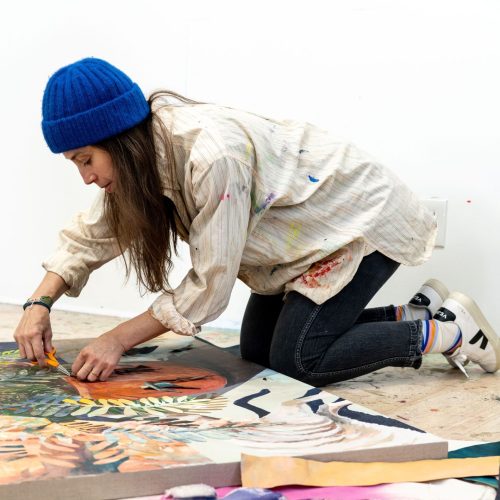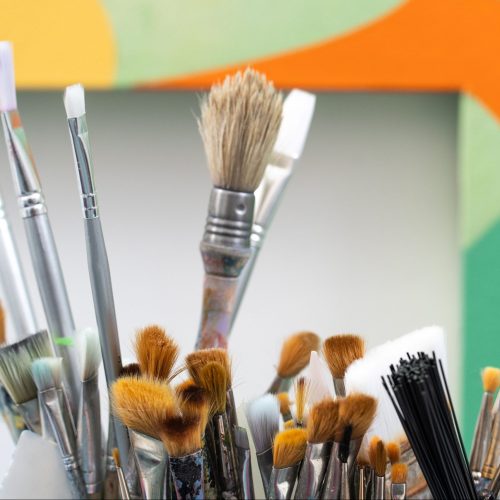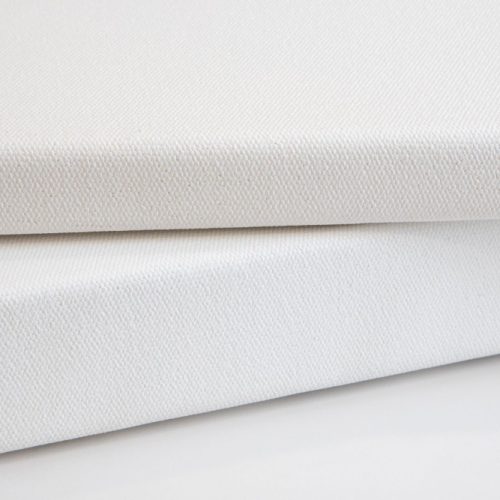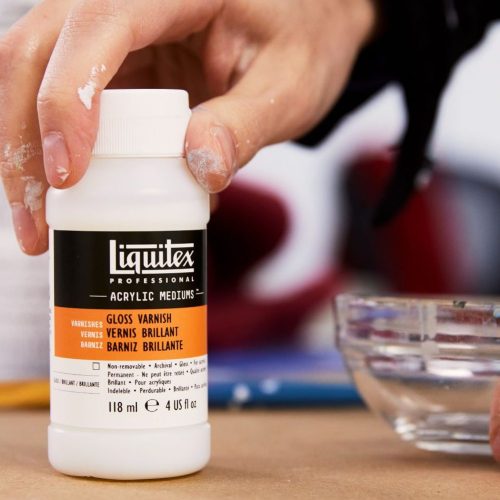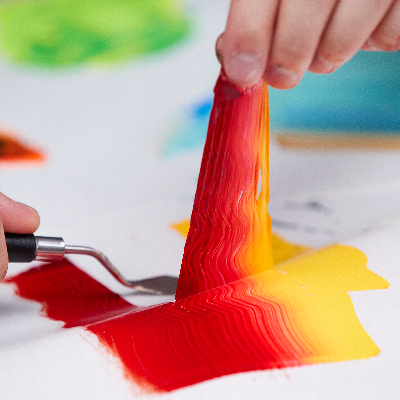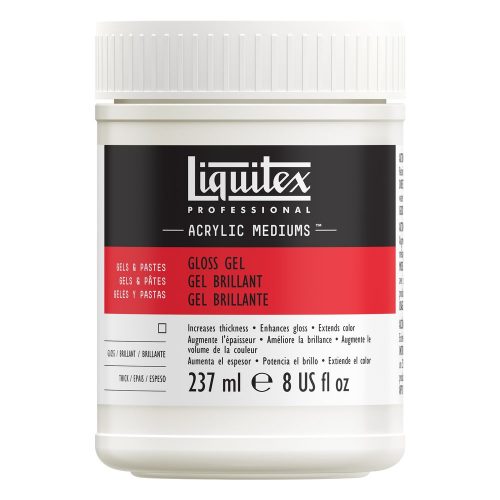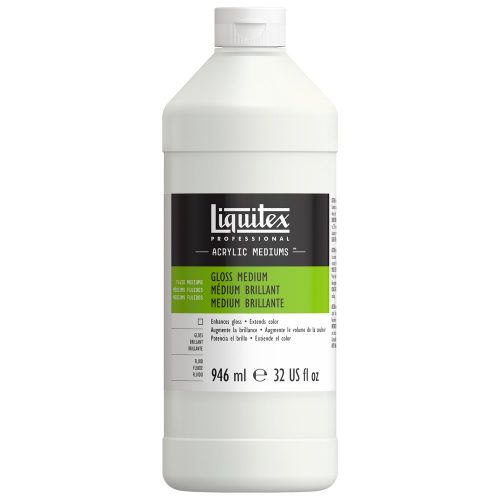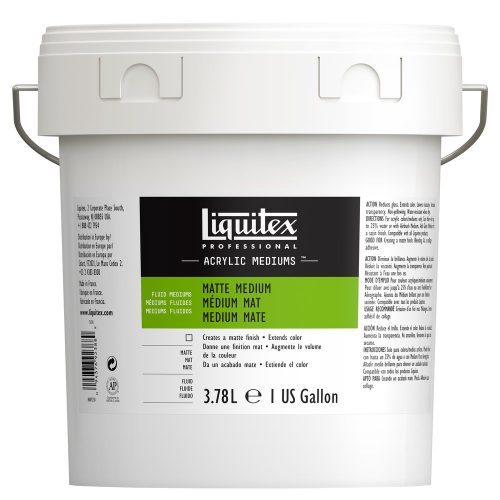Myth buster
You can't feature a photograph in your work without damaging it.
Myth buster
Myth: You can't feature a photograph in your work without damaging it
Myth: You can't feature a photograph in your work without damaging it
Busted. With acrylic paint, you can easily incorporate a transfer of your image without damaging the original photograph. The photo transfer technique is every mixed media artist’s secret weapon. How? Acrylic mediums make it possible to embed a printed image into your work by essentially transferring just the ink of the picture. There are a few different ways to achieve this. One popular method is called an Indirect Transfer in which you transfer the ink into an acrylic fluid, gel or texture medium and then incorporate it into your work via collage. The other popular method is called a Direct Transfer in which the ink from the printed image is transfer directly into the surface of your work.
Photo Transfer Methods
Take a look at our guide here for more tips on the Indirect Method. This process uses an acrylic medium to pick up the ink and transfer it to a new surface. Our Gloss/Satin/Matte Medium or Gloss/Satin/Matte Gel work best and you can also mix in a little color for a sheer tinted result. Try adding a texture gel to the mix to achieve different effects, knowing that some details may be obscured if a medium such as Glass Beads is used. There are many possibilities that can be achieved with this method – such as collaging the transfer onto your piece and then embellishing with painted details or using the transfer as a flexible 3D piece in installations.
The direct transfer method allows you to transfer the print directly into the surface. The print is applied ink side down into an acrylic fluid, gel or texture medium. After dry, the paper is slowly removed in a similar way as the indirect transfer method and the end result is the image imbedded into the surface of your work. Note that when copying your photo, you should reverse the orientation of the image to ensure it is in the right direction once transferred.
Selecting a Photo to Collage
For both methods, you need to choose your photo wisely, as the quality of the transfer can depend on how the ink is held on the paper. If it’s an image cut from a newspaper or uncoated magazine page, it’ll transfer well without the need for photocopying. Other images – regular photo prints and coated magazine pages – may need photocopying to get them ready. Inkjet prints will not work - use laser prints instead. Experiment to see what works best.
Photographic images can take your work in a new direction. Use in mixed media with paint and other applied materials - layer, use as the focal point or go for something subtle.
